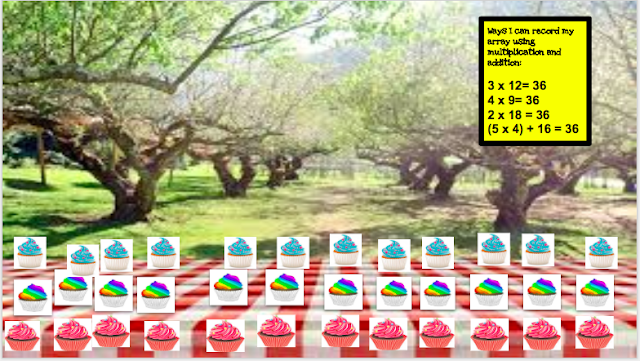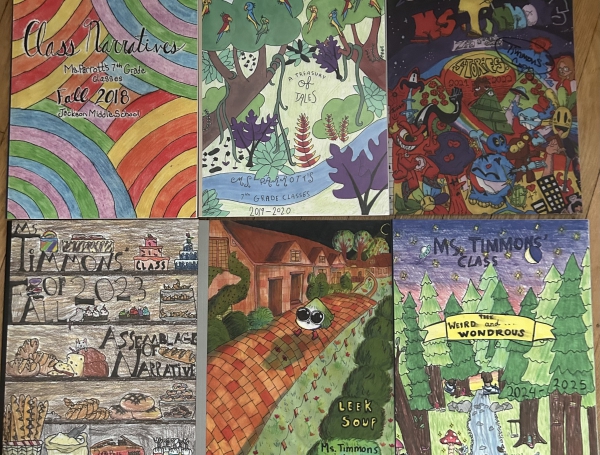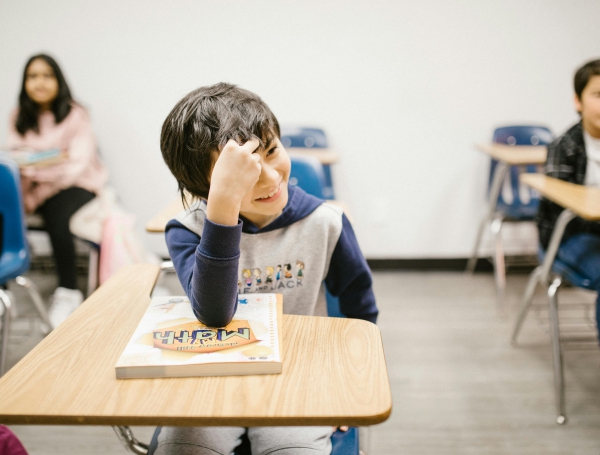

Bringing Math Into the Real World with Technology
May 18, 2018
Okay you know the feeling it's math, and kids come into your classroom with all sorts of prior experiences and beliefs about themselves as a learner. Tailoring your lesson to meet the needs of every learner in your class is surely an uphill battle and one that you are likely to lose considering their are 30+ students and only 90 minutes in your math block (90/30=3minute each). If you're like me, reaching and teaching every learner in your class will take more than just three minutes.
But what if there was a way you could reach and teach every student with just one lesson.

That's right, one lesson connected to the lives of your students and is open-ended so that it meets the needs of all learners in your class. Sounds good right and kids love it too, because when you create lessons that are rooted in the lives of the students you teach it shows you care. When lessons are open-ended, students have multiple entry points to solve the problem at differing levels, because there is not just one solution but multiple.

SWEET!
Speaking of sweet, let's consider an open-ended math task, Julie has 36 cupcakes that she made for the school bake sale. What are the possible ways she can arrange the cupcakes? To be considered an open-ended task, your task must include the following:
-Open-ended with multiple solutions
-Multiple entry points at differing levels
-Various student learning levels possible.
-Engage and interest students,
-Conceptually based
-Increased level of cognitive demand
Using Google Slides as a tool, I created a background image to best represent my problem of a bake-sale. Then I found images of cupcakes that I copied and shrunk for students to move and manipulate into an array.

As you can see from the solutions there are varying ways a student can solve this problem which could include using addition, multiplication and division.
This simple open-ended tasks incorporates several of the Standards for Mathematical Practice such as #4 Model with Mathematics and #5 Attend to Precision. If you want to stretch this task even further consider having your students create a screencast as I did below and they can also hit SMP #2 Construct Viable Arguments and Critique the Reasoning of Others.
Students can give feedback to their peers videos by posting feedback in the comments or send to the parents via email to show them what their kids know. Instead of explaining the value of Common Core math to parents, kids can do this with their example.
In this video I use the Multiplication City Google Slides I created to have a highly contextualized approach to explaining arrays to students who need practice with concrete examples. Remember we always want to go from the concrete, to the representational to the symbolic when teaching math concepts.
Want to learn more about teaching math with real-world lessons such as Project-based learning and problem based learning and get free sample lessons to use in your class? Check out my new course: THE MATH IN OUR LIVES
 Dr. Patricia Dickenson, PhD, is an Associate Professor of Teacher Education. She is the Program Lead for the Bachelors of Arts In Interdisciplinary Studies with the Preliminary Multiple and Single Subject Credential. She is also the Course Lead for several Courses at National University including: TED 350 Math and Science Methods, ITL 516 Elementary Math Methods, ITL 518 Elementary Science Methods, TED 300 Foundations in Education, TED 310 Educational Psychology. Her research area focuses on mathematics professional development and technology. She has worked in higher education for the past 8 years and was a mathematics coach and elementary school teacher for the Los Angeles Unified school district for over ten years. Dr. Dickenson has published two books and has over 12 book chapters and articles. She recently received the National Council of Teaching Mathematics Grant for Classroom research.
Dr. Patricia Dickenson, PhD, is an Associate Professor of Teacher Education. She is the Program Lead for the Bachelors of Arts In Interdisciplinary Studies with the Preliminary Multiple and Single Subject Credential. She is also the Course Lead for several Courses at National University including: TED 350 Math and Science Methods, ITL 516 Elementary Math Methods, ITL 518 Elementary Science Methods, TED 300 Foundations in Education, TED 310 Educational Psychology. Her research area focuses on mathematics professional development and technology. She has worked in higher education for the past 8 years and was a mathematics coach and elementary school teacher for the Los Angeles Unified school district for over ten years. Dr. Dickenson has published two books and has over 12 book chapters and articles. She recently received the National Council of Teaching Mathematics Grant for Classroom research.




